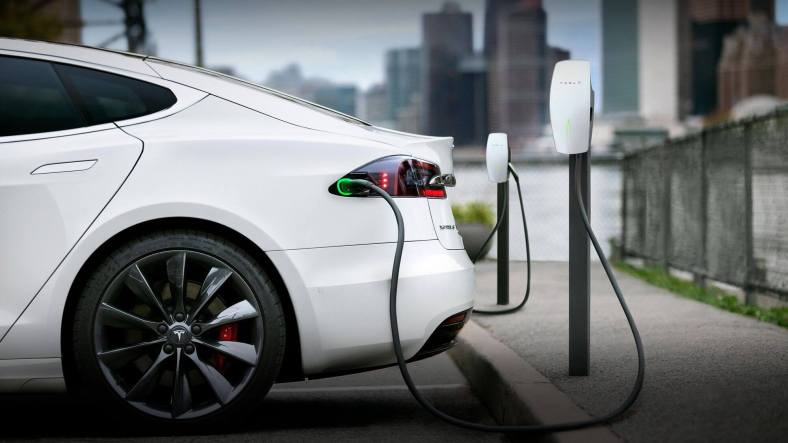A 3D printer capable of applying skin cells to the body surface has been successfully tested in mice and pigs. It could now be used on humans with chronic wounds.
Rebuilding human skin directly on the surface of a lesion: the image has been used several times in various sci-fi films, but could soon join the ranks of real-life technologies thanks to the efforts of US researchers at the Institute of Medicine regenerator of Wake Forest, North Carolina.
Their method requires the use of a 3D printer, a device used in medical research for several years.
Initially considered for the custom production of certain plastic implants, 3D printing has since begun to be used to create organic structures in which living cells settle and proliferate.
By combining some of these “biological inks” with the patient’s cells, researchers believe it would be possible to reconstruct damaged skin directly on the wound (New Window) .
When the skin does not repair itself
When our skin is damaged, the cells that form the lower layers of our epidermis migrate to the lesion and actively multiply to close the wound with new skin.
However, some wounds cross several layers of the skin, destroying the cells needed for healing.
When healing does not occur within a few weeks, these wounds are said to be chronic. Apart from some burns, it is found mainly in people with diabetes, people with ulcers or people long hospitalized and immobilized.
Normally, it is possible to treat these lesions by performing skin grafts, but when these wounds occur in elderly people, it is sometimes difficult to remove skin from the patient. In some cases, it may also be difficult to prepare the transplant to adequately cover the lesion.
A custom bandage
The idea of using 3D printing to create skin is not new, but the work done in this study differs from previous methods in their accuracy.
In any case, the impression of the skin must begin with the biopsy recovery of the two main types of cells responsible for its structure. The first are the keratinocytes, these cells found on the surface of the skin and which produce the epidermis.
The others are fibroblasts, which are found in many areas of the body and are among the first to arrive in a damaged area to begin the healing process. Among other things, they produce collagen matrices that serve as scaffolds for our tissues.
After allowing these cells to grow in the laboratory, the researchers combine them with different hydrogels, which will be used as ink for the 3D printer.
Afterwards, researchers analyze the topography of the wound using the imaging system built into their device. Using this information, the printer will know where to deposit each cell type: the fibroblasts in the deeper regions and the keratinocytes in the upper layers.
They first tested their device on hairless mice and then on pigs. In both cases, the formation of a new epidermis was observed in two weeks. Despite this speed, it will still take four to six weeks for the injury to close completely.
For the team, the next step is now to test the device on humans.
According to these researchers, their technology could eventually eliminate the need for painful skin grafts for patients who already have severe wounds or burns.
Sheila is a seasoned technology writer and expert in the field of sustainable energy and transportation. As a lead writer for TeslaBel.com, she has spent the past decade providing readers with in-depth knowledge and analysis of the latest innovations in electric vehicles, solar energy, and cutting-edge technologies. With a degree in Electrical Engineering and a passion for the environment, Sheila brings a unique perspective to the world of green technology.






